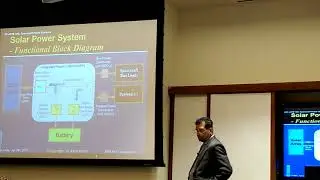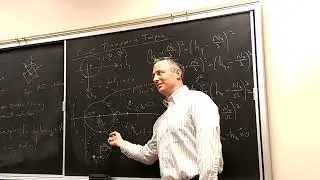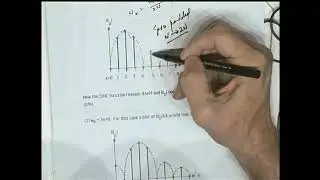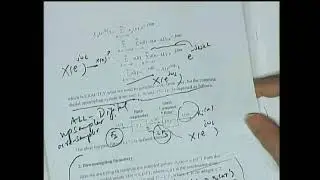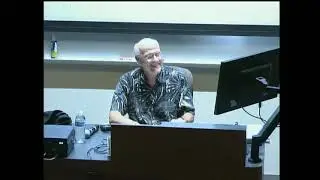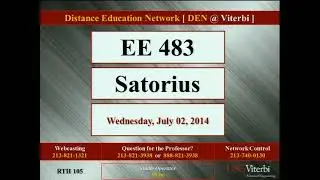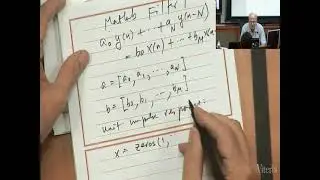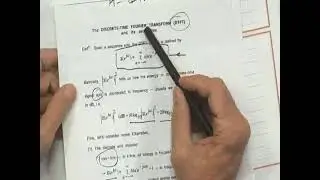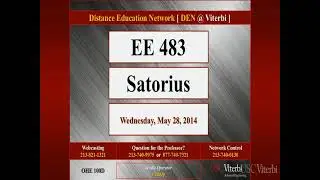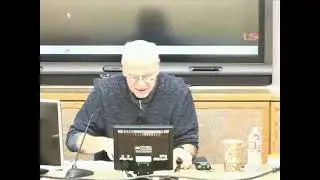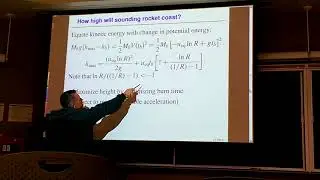EE483: Introduction to Digital Signal Processing Summer May 21, 2014
USC Viterbi School of Engineering
EE483: Introduction to Digital Signal Processing Summer May 21, 2014
Instructor: Dr. Edgar Satorius
Course Objectives:
The objective of this course is to provide a basic introduction to the theory of digital signal
processing (DSP). I assume a familiarity with the Fourier and Laplace transforms and concepts
such as linearity and shift invariance that is used in the description and analysis of linear analog systems. Much of what we do extends these ideas to the field of discrete-time systems. Major parts of the course will concentrate on signal analysis using Fourier transforms, linear system analysis, Filter design, and a few more advanced topics. We will study the discrete Fourier transform and its properties. We will also study the sampling theorem and the relationship between continuous and discrete time transforms. We will see how discrete time, linear shift-invariant systems can be characterized using linear differential equations and the impulse response and show how tools such as the z-transform and discrete Fourier transform can be used in the design and analysis of such systems. We will then study the design and implementation of digital filters. I will also include some topical material: what is bandpass sampling? what are polyphase filters and filterbanks? what are adaptive filters? While this course deals largely with the theory of DSP, we will use a powerful software package, MATLAB, to look at applications of this theory, particularly Fourier analysis and digital filter design.
EE 483: Introduction to Digital Signal Processing
https://web-app.usc.edu/soc/syllabus/...
https://web-app.usc.edu/ws/soc_archiv...
COURSE OUTLINE:
4. Introduction to discrete linear systems (Class 1)
[Mitra, §§2.1-2.7]
[1] Discrete-time signals.
[2] Special sequences.
[3] Shift invariance.
[4] Stability and causality.
[5] Impulse response.
[6] Difference equations.
5. Discrete-Time Fourier Transform and Linear Time-Invariant Systems (Class 1-2)
[Mitra, §§3.1-3.9]
[1] Transform definitions.
[2] Theorems.
[3] Frequency response of linear time-invariant systems.
[4] Phase and group delays.
[5] Matlab computations.
6. The Z transform (Class 2-3)
[Mitra, §§6.1-6.7]
[1] Z-transforms by summation of left, right, and two-sided sequences.
[2] Regions of convergence and Z-transform properties.
[3] Inverse Z-transform.
7. Properties of digital filters (Class 3)
[Mitra, §§8.1-8.12]
[1] Averaging filter.
[2] Recursive smoother.
[3] First-order notch filter.
[4] Second-order unity gains resonator.
[5] All-pass filters.
[6] Comb filters.
[7] Equalization filters.
[8] Group delay, linear phase, all-pass, minimum phase
8. Fourier transforms, sampling – Part I (Class 4-5)
[Mitra, §§4.1-4.6, 13.1]
[1] Fourier transform review.
[2] Sampling continuous-time signals: the sampling theorem.
[3] Aliasing.
[4] Re-sampling digital signals.
[5] Midterm review.
9. Midterm, Class 6: June 25, 2014
8. Fourier transforms, sampling – Part II (Class 7)
[Mitra, §§4.7-4.11, 13.2-13.6]
[1] A/D conversion and quantization
[2] D/A conversion
[3] Polyphase decomposition
[4] Polyphase DFT filterbanks
[5] Bandpass sampling
10. The discrete Fourier transform (Class 8-9)
[Mitra, §§5.1-5.9, 15.1, 15.2]
[1] Definition of DFT and relation to Z-transform.
[2] Properties of the DFT.
[3] Linear and periodic convolution using the DFT.
[4] Zero padding, spectral leakage, resolution and windowing in the DFT.
11. The fast Fourier transform (Class 9)
[Mitra, §§11.1, 11.3]
[1] Decimation in time FFT.
[2] Decimation in frequency FFT.
12. Digital filter design
12.1. Finite impulse response (FIR) filters (Class 10)
[Mitra, §§10.1, 10.2, 10.5]
[1] Window design techniques.
[2] Kaiser window design technique.
[3] Equiripple approximations.
12.2. Infinite impulse response (IIR) filters (Class 10-11)
[Mitra, §§9.1-9.6]
[1] Bilinear transform method.
[2] Examples of bilinear transform method.
13. Structures and properties of FIR and IIR filters and review (Class 11)
[Mitra, §§8.1-8.9]
[1] IIR - Direct, parallel and cascaded realizations.
[2] FIR – Direct and cascaded realizations.
[3] Coefficient quantization effects in digital filters
[4] Final review.
Playlist:
• EE483: Introduction to Digital Signal...
Video link:
• EE483: Introduction to Digital Signal...








